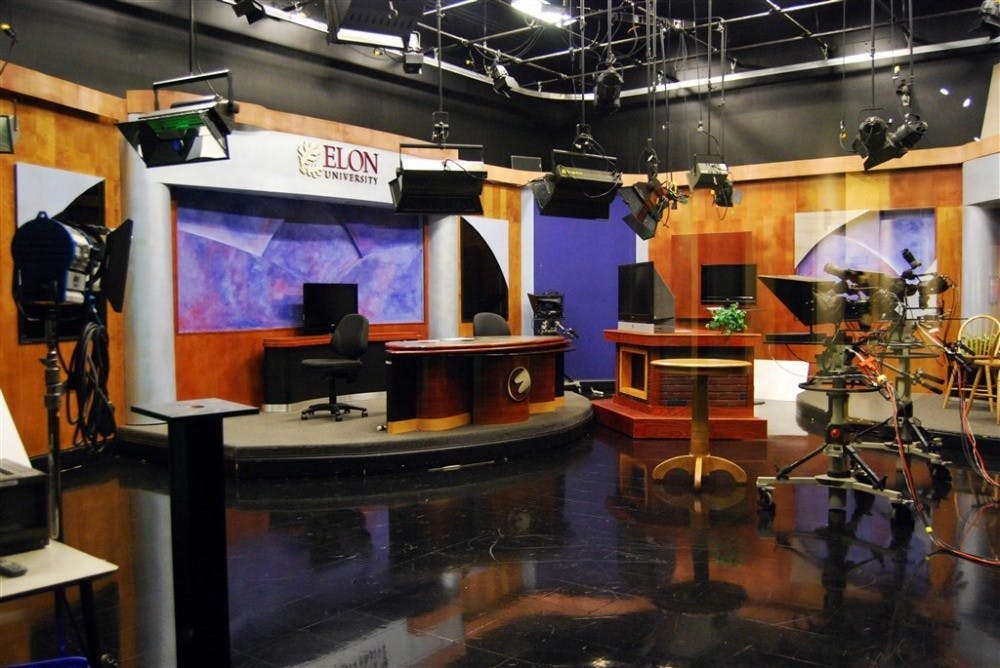The School of Communications at Elon University has updated its technology to include high definition equipment. Computers, cameras and an entire studio that has been rewired for high definition encompass the largest technology initiative at Elon since the School of Communications moved to McEwen in 2000.
There were three components to the technology upgrade, according to J. McMerty, the coordinator of video projects for the School of Communications. The first was updating the computer labs with new and bigger monitors and computers.
The second was the camera checkout inventory, which replaced all remaining traditional cameras with high-definition digital cameras. Finally, studios in the building were also converted to high definition. The total cost for the upgrades came to more than $500,000, McMerty said.
Troy Senkiewicz, class of 1998, used his industry connections to donate cable necessary for the upgrade of the studio. Elon Television will not be broadcast in high definition on cable, but the shows will be in high definition online, according to McMerty.
Athough the upgrades were expensive, they are an important part of educating communications students, McMerty said.
"If you fall behind on technology, it hurts the value of the education," he said.
The upgrade will also make Elon graduates more valuable once they enter the job market, as most broadcasting companies will soon be switching to high definition based systems if they have not already, McMerty said.
"I think it will make us a lot more marketable after college," said Megan Wright, co-executive producer of "Win Stuff." "The fact that we have worked with high definition equipment will put us above other candidates for jobs."
Students will graduate with experience using a tapeless, digital workflow, said Vic Costello, the head of the technology committee for the School of Communications.
"It's nice for a school to actually be current with industry standards," Costello said.
Members of the technology committee attend technology trade shows throughout the year where new technology is showcased. One of the largest of these is the National Association of Broadcasters Exhibition in Las Vegas. The trade shows allow faculty to see technology live before deciding to purchase it for the school.
This year, the school of communications will be up for re- accreditation by the Accrediting Council on Education in Journalism and Mass Communication. The council evaluates schools on nine standards, one of which is resources, facilities and equipment.
"It's nice that this happened now, because now for the first time we can say that we use completely high definition equipment," Costello said.
To help students learn to use all of the new equipment, the School of Communications will be organizing workshops that will teach different cameras and devices. Wright said these workshops would be required for crew members of "Win Stuff."
Although learning the new equipment might be difficult for some, communications students will always have to adapt to new technology in their future careers, McMerty said.
"Learning new technology is part of today's world. Technology changes quickly, part of a communications student's education is to adapt to technology changes quickly. It is important for them to adopt the new equipment rather than wishing they had the old back," McMerty said.
But the new equipment doesn't come without challenges, Wright said.
"We are excited for the new equipment, but we are also a little nervous about learning it at the same time," she said.
The School of Communications strives to be on the cutting edge of technology, but not on what he calls the "bleeding edge," where organizations or individuals adopt brand new technology that has not been thoroughly tested or used successfully by others, McMerty said.
"It's not financially responsible for a university to be on the bleeding edge because we don't want to waste money, we want to make decisions that advance us but are not irresponsible," he said.


